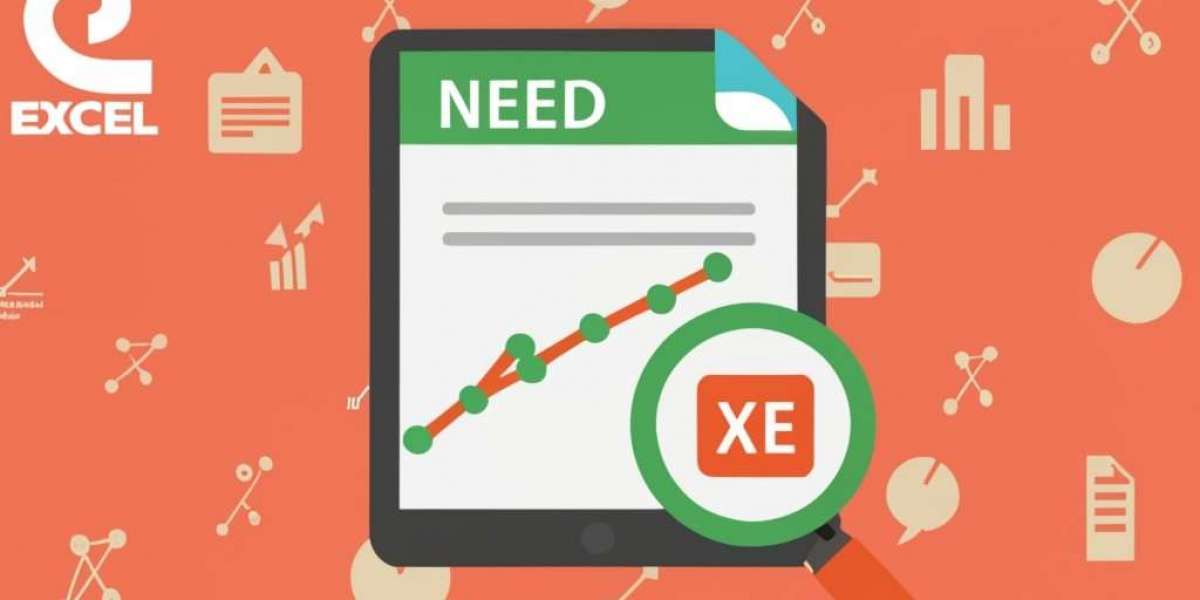When it comes to tackling statistics assignments, understanding how to fit and plot a logistic curve can be an invaluable skill. Whether you're analyzing biological growth, predicting consumer behavior, or studying population dynamics, logistic regression and the corresponding logistic curve offer powerful tools for your analytical arsenal. In this guide, we will delve into the nuances of fitting and plotting a logistic curve, ensuring you have the expertise needed for your Statistics Assignment Help.
Understanding the Logistic Curve
The logistic curve, or sigmoid function, is characterized by its S-shape. This curve is particularly useful for modeling growth that starts exponentially but slows down as it approaches a maximum limit, known as the carrying capacity. Mathematically, the logistic function is defined as:
P(t)=K1+e−r(t−t0)P(t) = \frac{K}{1 + e^{-r(t-t_0)}}
where:
- P(t)P(t) is the population at time tt,
- KK is the carrying capacity,
- rr is the growth rate,
- t0t_0 is the time at which the population is at half the carrying capacity,
- ee is the base of the natural logarithm.
Fitting the Logistic Curve
Fitting a logistic curve to data involves estimating the parameters KK, rr, and t0t_0. This is typically done using nonlinear regression techniques. Here’s a step-by-step guide to fitting a logistic curve using Python and its powerful libraries.
Step 1: Import Necessary Libraries
First, you'll need to import the essential libraries. NumPy and Pandas are great for data manipulation, while SciPy offers robust optimization tools.
import numpy as npimport pandas as pdfrom scipy.optimize import curve_fitimport matplotlib.pyplot as pltStep 2: Define the Logistic Function
Next, define the logistic function in Python. This function will be used to fit your data.
def logistic_function(t, K, r, t0): return K / (1 + np.exp(-r * (t - t0)))Step 3: Prepare Your Data
Ensure your data is in a suitable format. Typically, this involves having two arrays: one for the time points and one for the observed values.
# Example datatime = np.array([0, 1, 2, 3, 4, 5, 6, 7, 8, 9, 10])population = np.array([2, 4, 7, 12, 20, 33, 54, 88, 140, 210, 300])Step 4: Fit the Curve
Use the curve_fit function from SciPy to fit the logistic curve to your data.
# Initial guess for the parametersinitial_guess = [max(population), 1, np.median(time)]# Curve fittingparams, covariance = curve_fit(logistic_function, time, population, p0=initial_guess)# Extracting parametersK, r, t0 = paramsprint(f"Estimated Parameters:K = {K}
= {r} 0 = {t0}")Step 5: Plot the Data and Fitted Curve
Finally, visualize the observed data and the fitted logistic curve.
# Generate time points for plotting the fitted curvetime_fine = np.linspace(min(time), max(time), 100)fitted_curve = logistic_function(time_fine, K, r, t0)# Plottingplt.scatter(time, population, label='Data')plt.plot(time_fine, fitted_curve, label='Fitted logistic curve', color='red')plt.xlabel('Time')plt.ylabel('Population')plt.title('Logistic Curve Fitting')plt.legend()plt.show()Interpreting the Results
After fitting the logistic curve, it’s crucial to interpret the parameters:
- Carrying Capacity (K): The maximum population size that the environment can sustain.
- Growth Rate (r): How quickly the population grows.
- Midpoint (t0): The time at which the population reaches half of the carrying capacity.
Understanding these parameters in the context of your data is key for making meaningful conclusions in your Statistics Assignment Help.
Applications of Logistic Curve
Logistic curves are widely used in various fields:
- Biology: Modeling population growth, spread of diseases, and enzyme kinetics.
- Economics: Forecasting market saturation and adoption of new technologies.
- Medicine: Predicting the growth of tumors and the spread of infections.
Biological Growth
In biological studies, logistic curves help in understanding how populations grow in a constrained environment. For instance, the growth of bacteria in a petri dish typically follows a logistic pattern due to limited resources.
Market Analysis
Economists and marketers use logistic regression to model how new products penetrate the market. Initially, adoption is slow, accelerates as the product gains popularity, and finally tapers off as the market saturates.
Medical Studies
In medical research, logistic models are essential for predicting the spread of diseases and the effectiveness of treatment over time. This can help in planning and resource allocation.
Tips for Effective Curve Fitting
- Data Quality: Ensure your data is accurate and representative. Outliers can significantly affect the fit.
- Initial Parameters: Good initial guesses for the parameters can improve the fitting process.
- Software Tools: Utilize robust software and libraries like Python, R, or MATLAB for fitting and visualization.
- Validation: Always validate your model by checking the goodness of fit and using cross-validation techniques.
Conclusion
Mastering logistic curve fitting and plotting is a vital skill for anyone involved in data analysis and modeling. This guide provides a comprehensive overview, from understanding the logistic function to fitting and interpreting the curve. By following these steps, you can confidently tackle your next Statistics Assignment Help with a deeper understanding of logistic regression and its applications. Whether you are a student, researcher, or data analyst, these insights will enhance your analytical capabilities and allow you to draw meaningful conclusions from your data.
Source: https://www.statisticsassignmenthelp.com/blog/guide-on-fitting-plotting-logistic-curve








